Across the French countryside, there are towns where food isn’t just something you eat—it’s a way of life. Markets fill old stone squares, bakeries open before sunrise, and farms sit just beyond the village lanes, supplying everything from creamy cheeses to sun-ripened produce. It’s a place where tradition still sets the table, and every meal feels connected to the land.
For travelers craving authenticity, these towns offer a taste of France at its most honest and grounded. Here, farmers know their bakers, bakers know their winemakers, and visitors quickly understand why some of the country’s best flavors come from its quietest corners.
Sarlat-la-Canéda
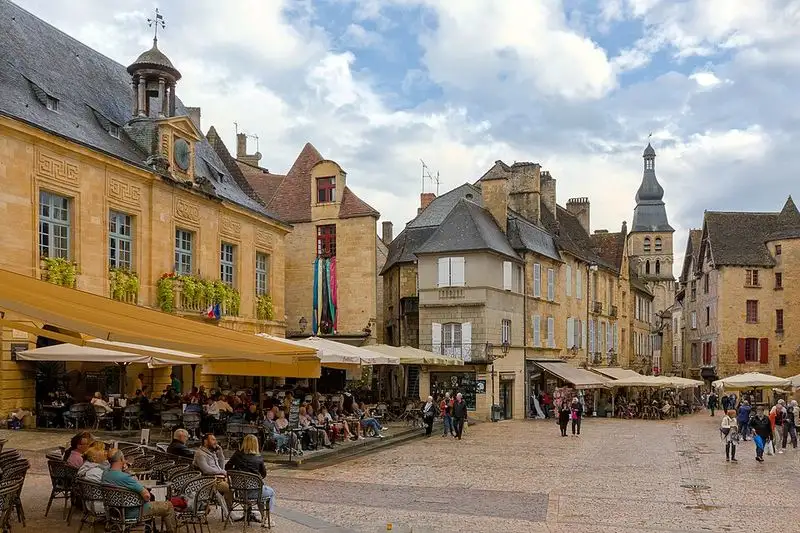
Nestled in the Dordogne region, Sarlat-la-Canéda is a food lover’s paradise. Its medieval streets fill with the aroma of truffles and foie gras, reflecting a rich gastronomic heritage.
Famous for its weekly market, the town attracts visitors with its array of local produce, from cheeses to nuts. Each stall tells a story of the region’s passion for quality.
The town’s architecture is as captivating as its cuisine, with cobblestones leading past honey-colored buildings. This enchanting backdrop makes every meal a feast for the eyes as well as the palate.
Beaune
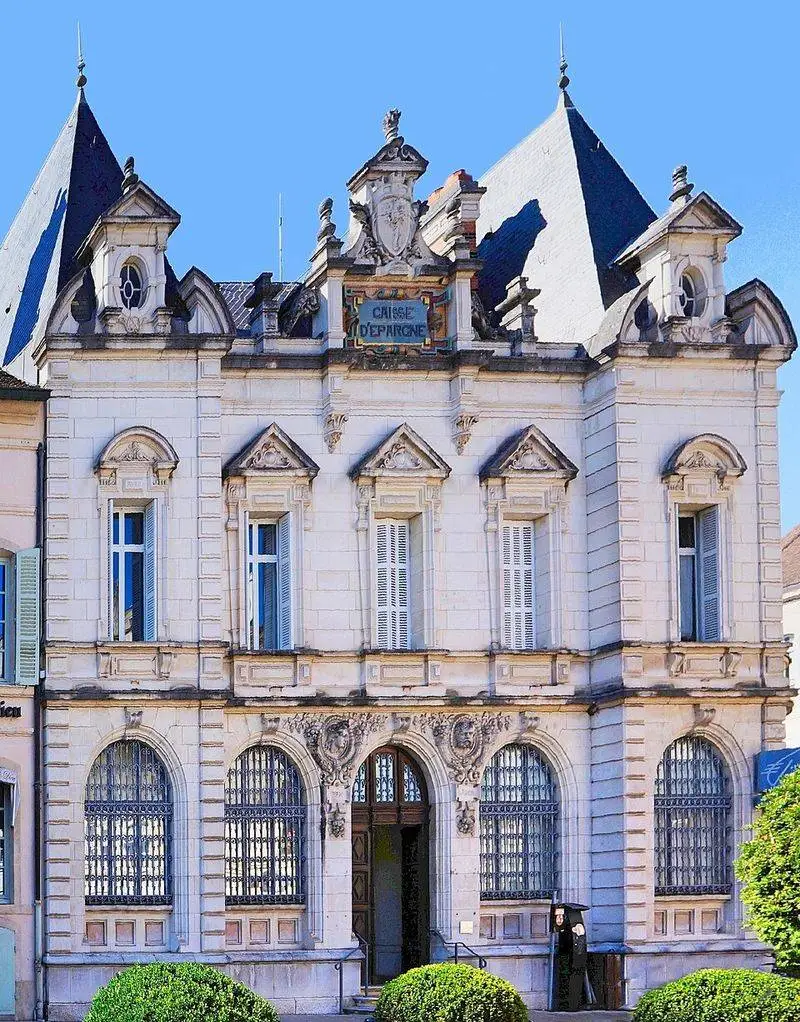
Located in Burgundy, Beaune is synonymous with wine. The town’s vineyards produce some of the world’s finest Pinot Noir and Chardonnay.
Wine cellars beneath the town’s surface hold treasures aged to perfection. Visitors often find themselves sipping a glass while learning about the intricate winemaking process.
The annual wine auction at the Hospices de Beaune is a highlight, drawing enthusiasts from around the globe. Beyond the wine, the town offers a warm sense of community, with its culinary arts deeply rooted in tradition.
Uzès

Uzès charms with its blend of history and agriculture. Known for its olive groves, the town produces exquisite oils that have graced tables for generations.
Every Saturday, the market bursts into life with vibrant vegetables, aromatic herbs, and spices. Shoppers weave through stalls, savoring the scents and sights.
The nearby Pont du Gard, a Roman aqueduct, adds a historical dimension to this culinary haven. Uzès offers a taste of the Mediterranean, rich with tradition and flavor.
Saint-Rémy-de-Provence

In the heart of Provence, Saint-Rémy-de-Provence is a haven for artisanal foods. Lavender fields sway under the sun, perfuming the air with their distinctive scent.
Local farmers craft goat cheese that is both rich and creamy, a staple on many tables. The weekly markets are a gathering of flavors, colors, and stories.
This town not only feeds the body but also the soul, with its picturesque landscapes inspiring artists and foodies alike. It’s a place where life slows down, allowing you to truly savor each moment.
Gordes
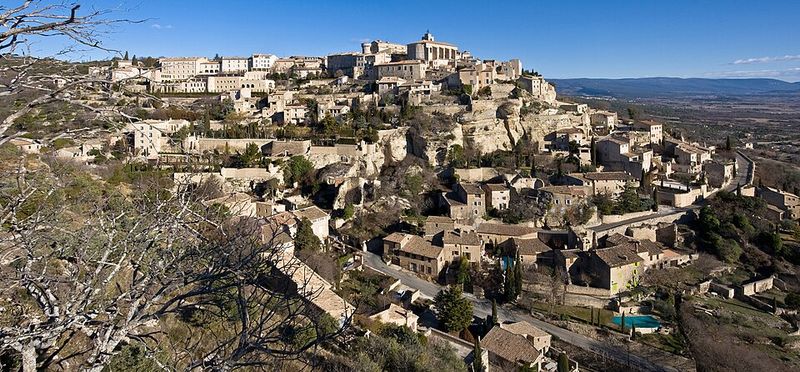
Perched on a hilltop, Gordes is a picture-perfect Provencal village. Its stone houses overlook terraced fields of olive trees and vineyards.
The town’s charm extends to its culinary offerings. Local producers craft olive oil and wine that capture the essence of the region’s sun-drenched landscape.
Wandering through its narrow streets, you’ll find quaint eateries and bustling markets. Gordes provides not just a taste of Provence but a slice of paradise where tradition and nature coexist harmoniously.
Amboise

Amboise sits gracefully by the Loire River, surrounded by lush vineyards and gardens. This town in the Loire Valley is renowned for its regal châteaux and rich history.
The vineyards produce exquisite wines, while local gardens supply fresh ingredients to the town’s restaurants. Dining here is a journey through time and taste.
With Leonardo da Vinci once calling Amboise home, creativity and innovation are part of its essence. Visitors find endless inspiration in both its cuisine and its culture.
Collioure
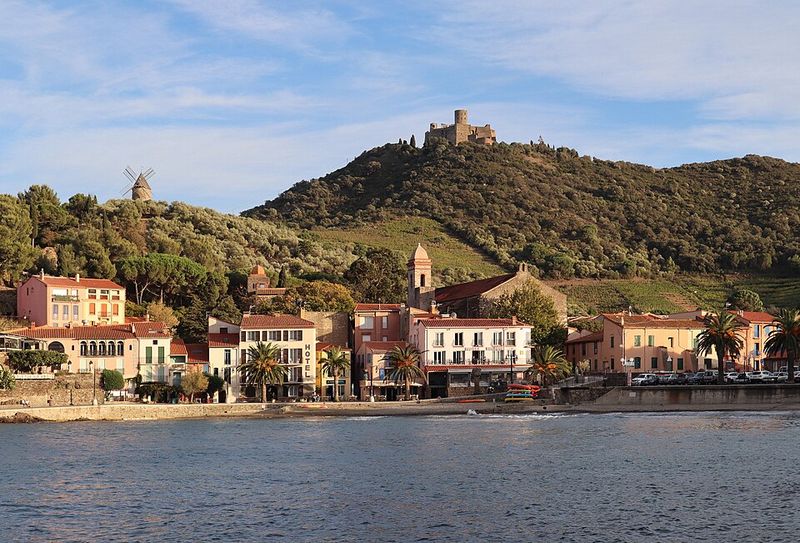
Collioure is a seaside gem in the Catalan region, where the mountains meet the Mediterranean. Known for its anchovies, the town thrives on the bounty of the sea.
Fishing boats bob in the harbor, delivering fresh catches that become culinary masterpieces. The local anchovy is a delicacy, prepared with centuries-old techniques.
Artists are drawn to Collioure’s vibrant colors and stunning landscapes, much like the flavors that define its cuisine. A visit here is as much a feast for the eyes as it is for the palate.
Dinan
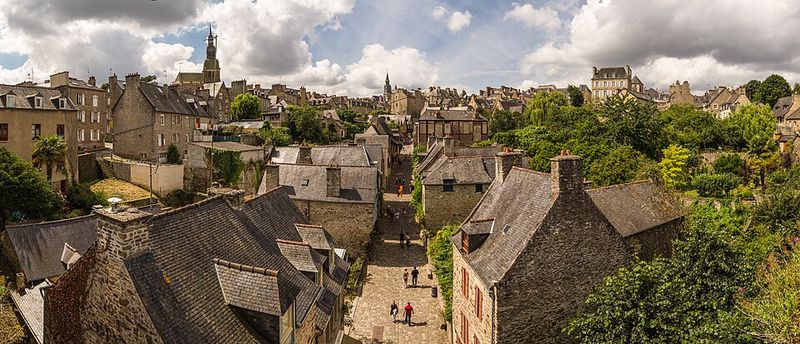
Dinan is a medieval town in Brittany that feels like stepping back in time. Its cobblestone streets and half-timbered houses create a charming atmosphere.
Local cider and crêpes are specialties, embodying the region’s culinary traditions. The cider, crafted from Breton apples, pairs perfectly with sweet or savory crêpes.
Exploring Dinan is a delightful experience, with artisanal shops and historic sites at every turn. Each meal here tells a story of the land and its people, woven into every bite.
Cahors
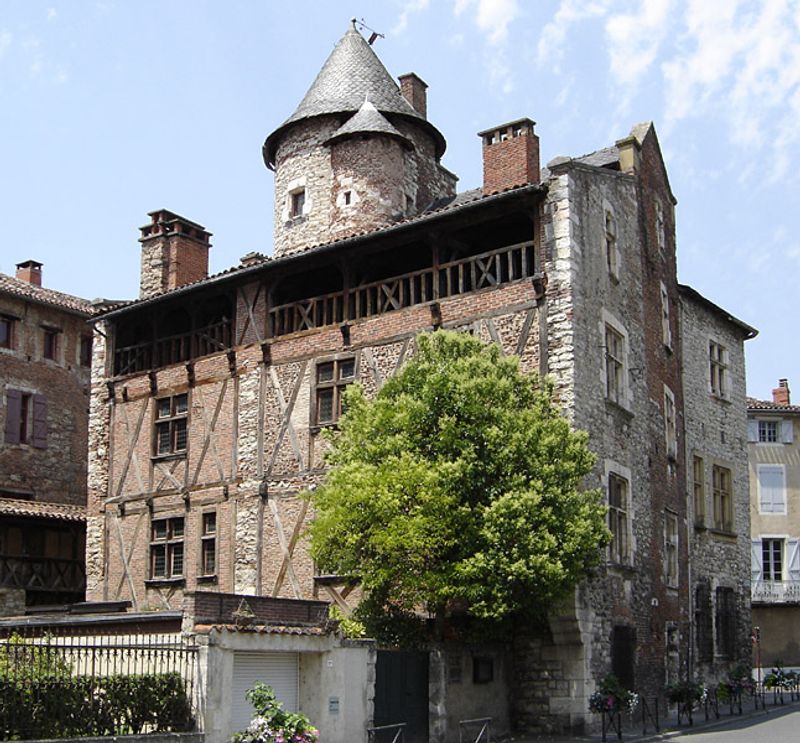
Cahors is synonymous with Malbec wine, a robust red that flourishes in the region’s vineyards. Nestled in the Lot Valley, the town is steeped in history.
The Pont Valentré, an iconic medieval bridge, adds to the town’s allure. Vineyards stretch across the landscape, offering tastings that reveal the depth and character of the wine.
Cahors blends historical charm with a passion for viticulture, making it a must-visit for wine enthusiasts. Each glass of Malbec tells the story of the region’s terroir and tradition.
Bayeux

Bayeux is a Norman town renowned for its medieval tapestry, but its culinary heritage is equally rich. The rolling orchards produce apples that are central to many dishes.
Camembert cheese from the region offers a creamy delight, often paired with local ciders. The town’s markets brim with fresh produce and artisanal products.
Bayeux invites you to savor its history and flavors, with each bite offering a taste of Normandy’s rich agricultural tapestry. It’s a place where the arts and agriculture thrive side by side.
Riquewihr

Riquewihr, nestled in the Alsace region, is a fairy-tale village known for its stunning half-timbered houses and exceptional wines.
The vineyards surrounding the town produce fragrant Gewürztraminer and Riesling, drawing wine lovers from around the world. Each glass captures the essence of the Alsatian terroir.
Walking through Riquewihr feels like stepping into a storybook, with each building and vineyard adding to the town’s charm. It’s a place where history and viticulture are woven seamlessly together.
Pézenas
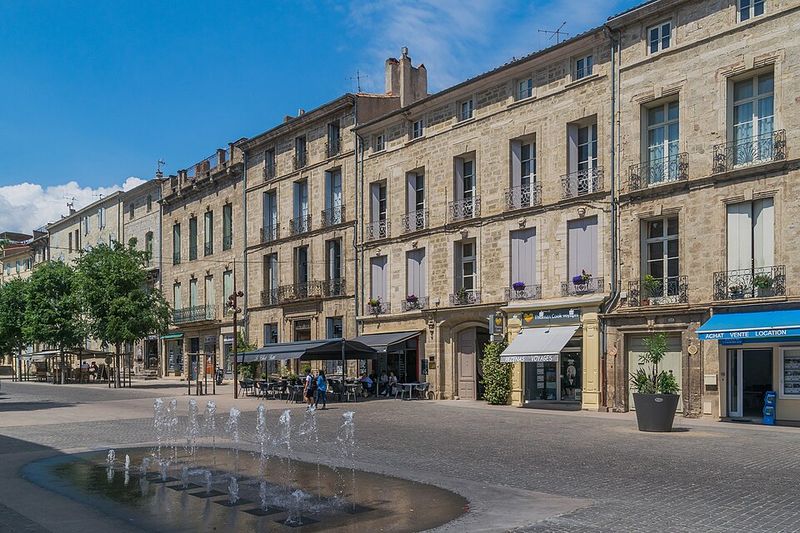
Pézenas, located in the Languedoc-Roussillon region, is a haven for those who appreciate artisanal crafts and flavors. The town’s history is as rich as its pastries.
Bakeries line the streets, offering confections that delight the senses. Markets are filled with local produce, reflecting the area’s fertile lands.
Known for its architectural beauty, Pézenas captivates with both its sights and its tastes. It’s a place where tradition is cherished, and each culinary creation is a testament to local expertise.
Vézelay
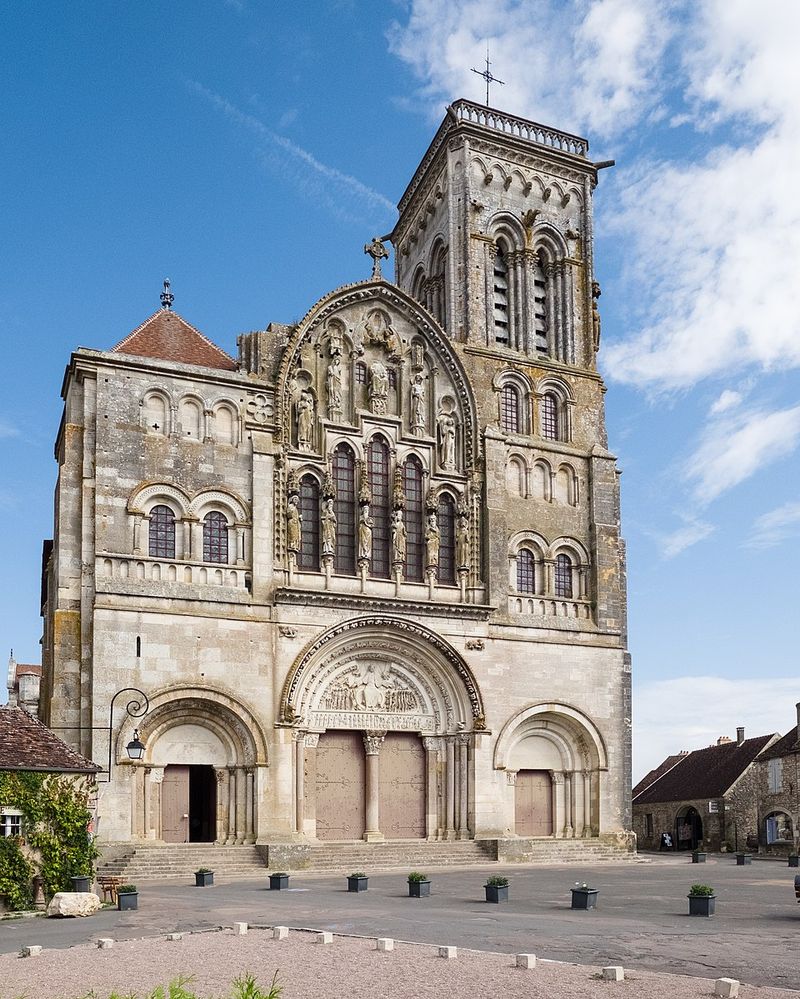
Vézelay, with its iconic basilica perched on a hill, is a spiritual and culinary destination in Burgundy. The vineyards around the town are renowned for their quality.
Pilgrims and visitors alike find solace in the town’s serene beauty. The wines produced here are celebrated for their depth and complexity.
Vézelay offers a journey through both history and flavors, with its landscapes inspiring reflection and appreciation for the simple pleasures of life. A glass of local wine is a perfect way to end the day.
Albi

Albi, a city with a rich artistic heritage, is as vibrant in its cuisine as in its architecture. The Toulouse sausage is a local specialty that embodies the flavors of the region.
The markets offer fresh produce and meats that are essential to the area’s culinary identity. Each stall invites exploration and taste.
With the majestic Albi Cathedral overlooking the town, visitors are treated to a feast for the eyes and the palate. The blend of history and gastronomy here is truly captivating.
Annecy

Annecy, often called the “Venice of the Alps,” is famous for its crystal-clear lake and surrounding mountains. It’s a town where culinary delights and natural beauty meet.
Cheese fondue is a favorite here, warming the hearts and stomachs of both locals and visitors. The town’s charming streets are filled with shops and eateries offering regional specialties.
Annecy offers a refreshing escape, where every meal is complemented by breathtaking views. It’s a destination that appeals to both the gourmet and the adventurer.

